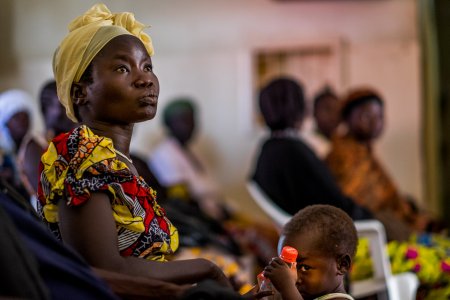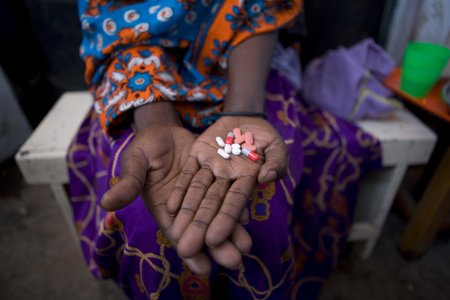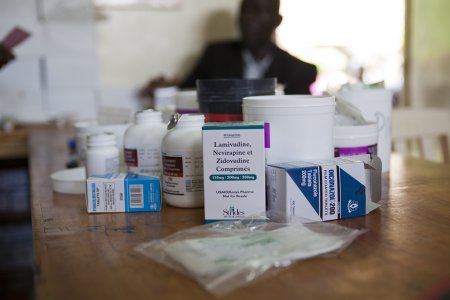
Representations of HIV and impact on care seeking among the men of Homa Bay, Kenya
Xavier Plaisancie
Doctor, graduate in tropical medicine. He began working with MSF in 2016 on issues related to access to HIV care for men in the Homa Bay district of Kenya under the supervision of Jean-Hervé Bradol and Marc Le Pape. This research will form part of his medical thesis, which will be published in a CRASH book. Then, in 2019, he joined the oncology project in Bamako, Mali, as a palliative care doctor and researcher on the trajectories of breast and cervical cancer patients. He worked with MSF in Kinshasa as a doctor in a ward caring for patients living with HIV at the AIDS stage. Since 2022, he has been pursuing a master's degree in the sociology of health at EHESS which, in conjunction with CRASH, has led him to take an interest in palliative care practices in Malawi and the development of the discipline in a humanitarian context.
This publication is also available as a PDF.
Medicine thesis defended in 2018, shorter version, supervised by Dr. Jean-Hervé Bradol and sociologist Marc Le Pape.
After more than thirty years of combating HIV (human immunodeficiency virus) and despite progress in both treatment and reducing the stigmatization of people living with HIV (PLHIV), issues related to the epidemic persist.
This is the reality in Nyanza Province, a rural area in western Kenya where this study was conducted. The prevalence in this region of 4.4 million inhabitants is an estimated 15%, and in some districts is as high as 25%. The mortality rate is also very high, due to AIDS (Acquired Immune Deficiency Syndrome) in particular.
In a high-prevalence area, behavior change is often spurred by an individual’s awareness of the risk of infection, by testing, and by learning that he is HIV-positive. In particular, such change is reflected in the relationship between the sexes and in the demand for care. The individual then weighs the HIV-related risks against a whole set of health, social, and economic considerations. Hence there may be some process by which the risks and benefits of given behaviors are prioritized.
At a time when there seems to be a great deal of pressure on the individual and societies to achieve the global objective of HIV eradication, it would seem important to include and support every individual in the health care effort and process. As we will see, simply setting up a testing or care campaign does not necessarily mean that the entire population will participate; the message has to be tailored to the target population and fine-tuned even within that population.
 Isabel Corthier
Cahier
Isabel Corthier
Cahier
AIDS: A new pandemic leading to new medical and political practices
12/15/2011 Joan Amondi Jean-Hervé Bradol Vanja Kovacic Elisabeth SzumilinIt seemed appropriate to assemble these texts now, at a time when the history of our AIDS missions is compelling us to formulate new goals.
 Brendan Bannon
Opinion
Brendan Bannon
Opinion
Sida, des traitements pour tous, vite
09/01/2008 Rony BraumanLe nombre de malades sous traitements augmente rapidement constate Rony Brauman qui expose les progrés de ces dernières années et détaille les raisons supplémentaires de poursuivre dans ce sens.
 Olga Victorie
Opinion
Olga Victorie
Opinion
Le SIDA, maladie d’Etat
01/01/2004 Rony BraumanRony Brauman analyse la dimension politique de l'épidémie de Sida.
To cite this content :
Xavier Plaisancie, Representations of HIV and impact on care seeking among the men of Homa Bay, Kenya, 9 juin 2020, URL : https://msf-crash.org/en/medicine-and-public-health/representations-hiv-and-impact-care-seeking-among-men-homa-bay-kenya
If you would like to comment on this article, you can find us on social media or contact us here:
ContributePériode
Newsletter
Subscribe to our newsletter to stay informed about our latest publications. Interested in a specific author or thematic? Subscribe to our email alerts.
